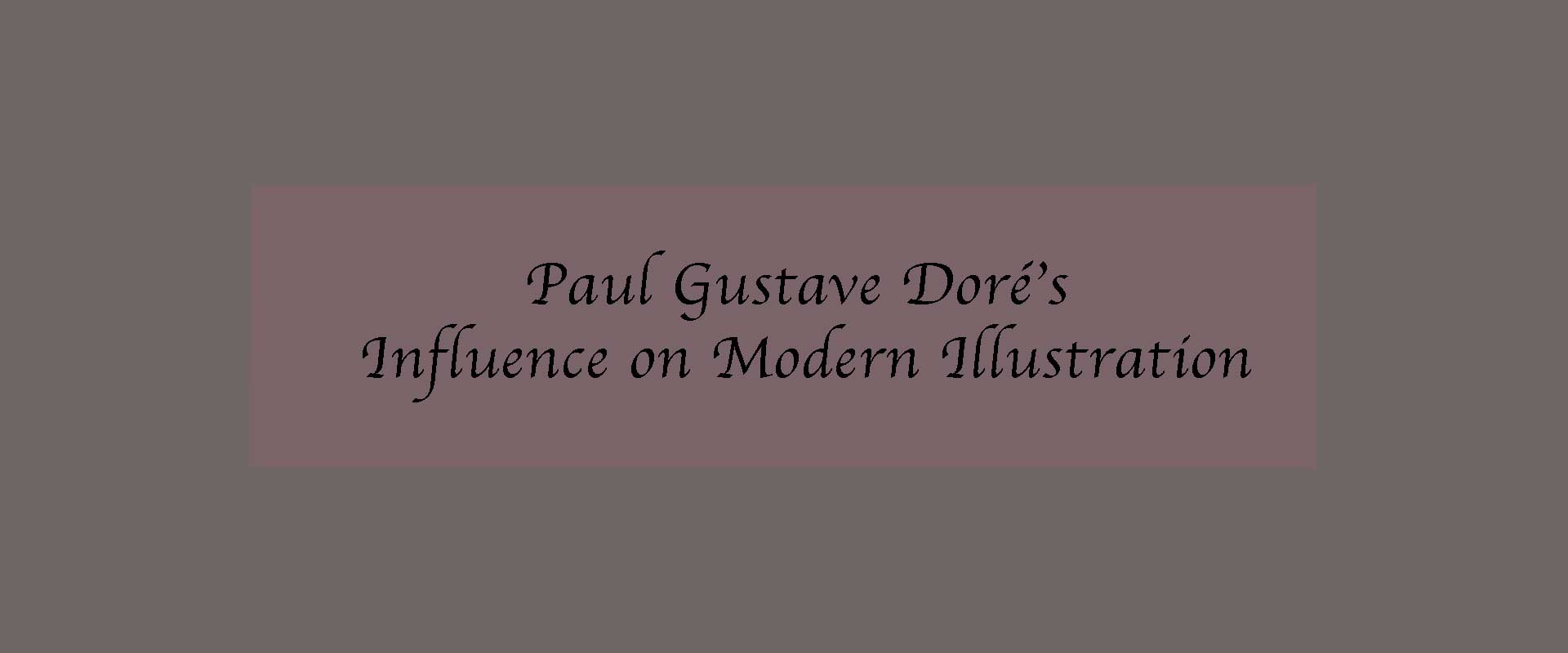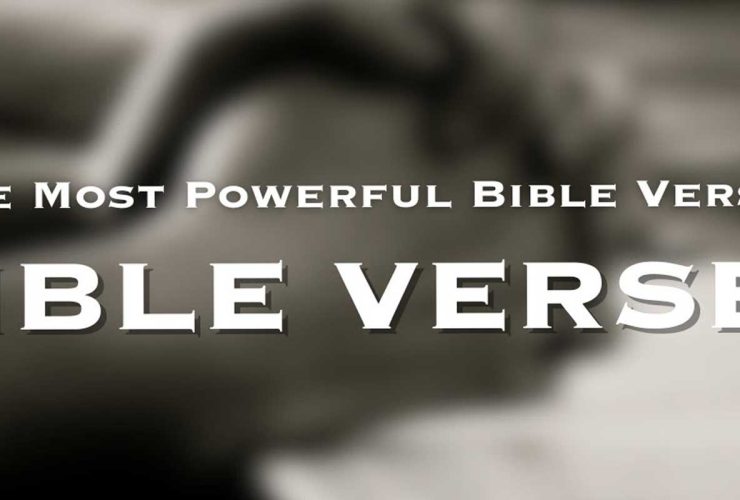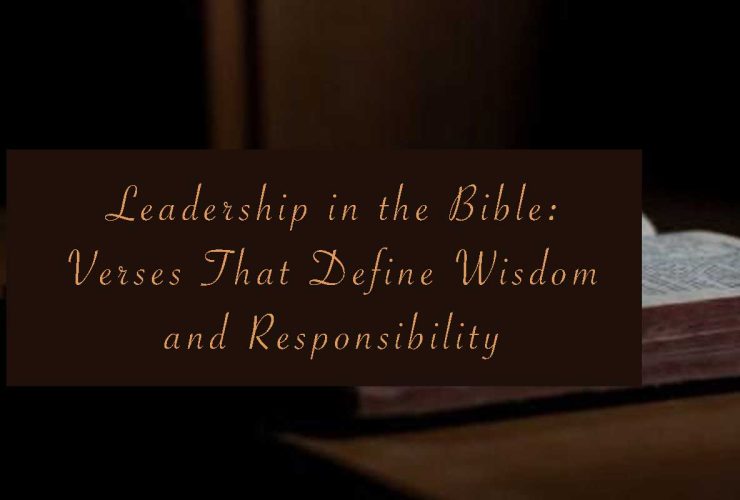Paul Gustave Doré was more than an illustrator of the 19th century—he was a visionary who helped define what modern illustration could be. His engravings for Dante’s Divine Comedy, Milton’s Paradise Lost, Cervantes’ Don Quixote, and the Bible gave literature a visual life it had never known before. But his real legacy lies in how those works influenced the rise of modern illustration, fantasy art, comic books, and even cinematic storytelling.
To understand Paul Gustave Doré’s influence on modern illustration is to trace the DNA of graphic storytelling as we know it today. His dramatic contrasts of light and shadow, sweeping compositions, and ability to blend realism with imagination set a standard still followed by illustrators, animators, and visual storytellers.
Doré’s Groundbreaking Style
Doré’s engravings were characterized by:
- Dramatic light and shadow: He pioneered chiaroscuro in illustration, foreshadowing modern graphic novels.
- Epic scale: His works often depicted cosmic or monumental scenes, inspiring the world-building seen in fantasy art.
- Psychological depth: Characters were not static; their faces conveyed suffering, awe, or rebellion.
- Narrative sequencing: His engravings created a sense of continuity, much like storyboards or comic panels.
These qualities explain why his art feels so modern, even though it was created with 19th-century techniques.
Influence on Comics and Graphic Novels
Many scholars see Doré as a precursor to modern comics. His engravings told stories in sequential form, guiding readers visually through complex narratives. Works like Inferno or Don Quixote are filled with dramatic vignettes that resemble panels in today’s graphic novels.
Artists such as Winsor McCay (Little Nemo), Lynd Ward, and even early superhero illustrators borrowed from Doré’s combination of epic drama and visual clarity. Without Doré, the language of comics might have evolved very differently.
Influence on Fantasy and Sci-Fi Illustration
Doré’s engravings shaped the entire genre of fantasy and science fiction illustration. His visions of Hell inspired Gothic and horror art. His celestial engravings influenced depictions of space and cosmic wonder. The grandeur of his work can be felt in modern book illustration, game design, and concept art.
Whether in Tolkien-inspired fantasy art, H.P. Lovecraft illustrations, or even the landscapes of modern video games, Doré’s fingerprints are everywhere.
Influence on Film and Cinema
Directors such as Georges Méliès, Fritz Lang, and even modern filmmakers drew inspiration from Doré’s engravings. His Hellscapes and heavenly visions influenced set design, lighting, and cinematic atmosphere.
For example:
- Fritz Lang’s Metropolis echoes Doré’s monumental compositions.
- Disney’s Fantasia drew on Doré-like imagery for its biblical and mythological sequences.
- Peter Jackson’s The Lord of the Rings films echo Doré in their sweeping battles and dark landscapes.
Doré’s engravings essentially served as storyboards before cinema existed.
Influence on Religious and Spiritual Illustration
Doré’s Bible engravings remain some of the most widely reproduced sacred images in history. They shaped church art, devotional prints, and modern faith-based illustration. Even now, his legacy continues in art that pairs scripture with visual inspiration, such as Bible verse wall art prints.
Doré’s Legacy in Modern Illustration
| Area of Influence | Doré’s Contribution | Modern Impact |
|---|---|---|
| Comics & Graphic Novels | Sequential storytelling, chiaroscuro | Influenced narrative panels and superhero illustration |
| Fantasy Illustration | Epic scale, cosmic visions | Inspired Tolkien art, game concept design, fantasy art |
| Film & Cinema | Dramatic composition, visual storytelling | Influenced Lang, Disney, Jackson, visual effects |
| Religious Art | Iconic Bible engravings | Shaped devotional art, inspired modern scripture art |
Doré and Modern Artists
Contemporary illustrators and concept artists often cite Doré as inspiration. His works are studied in art schools for their use of line, composition, and drama. Doré’s ability to merge imagination with realism paved the way for illustrators like Gustaf Tenggren (Disney), Frank Frazetta (fantasy), and countless graphic novelists.
Eternal Relevance of Doré’s Vision
What makes Doré’s influence enduring is that he visualized what had never been seen before: Hell, Heaven, cosmic rebellion, and human despair. These are timeless themes, and his ability to make them vivid ensures that his art continues to inspire illustrators in every medium.
Much like Paul Gustave Doré’s dramatic Bible illustrations, his engravings are not relics of the past but living images that still speak to modern creativity.
Conclusion
Paul Gustave Doré’s influence on modern illustration is immeasurable. His engravings laid the foundation for comics, fantasy art, cinematic storytelling, and religious imagery. By combining epic scale with human emotion, Doré redefined illustration as an art form that could stand alongside painting and sculpture.
For modern admirers, collections such as Paul Gustave Doré art prints or broader spiritual artworks offer ways to bring his visionary influence into daily life. His art remains not just history but a source of living inspiration for every illustrator who seeks to make the unseen visible.
FAQs on Paul Gustave Doré’s Influence on Modern Illustration
How did Doré influence modern comics?
Doré pioneered sequential visual storytelling, using dramatic panels that resemble today’s comic book layouts. His chiaroscuro and narrative continuity shaped the language of comics.
What impact did Doré have on fantasy illustration?
Doré’s engravings of Hell, Heaven, and epic battles influenced fantasy art, from Tolkien-inspired illustrations to modern video game design and concept art.
Did Doré’s art influence cinema?
Yes. Filmmakers used Doré’s engravings as visual references for set design, lighting, and atmosphere. His compositions echo in films from Fritz Lang’s Metropolis to Peter Jackson’s The Lord of the Rings.
Why are Doré’s Bible engravings still important?
They remain some of the most reproduced sacred images, shaping how millions of people visualize scripture. Modern devotional art continues this tradition.
Where can Doré’s influence be seen today?
In comics, graphic novels, fantasy book illustrations, religious prints, films, and even video game landscapes. Doré’s visual language continues to inspire.





